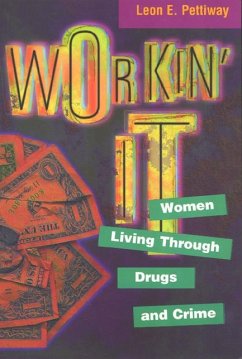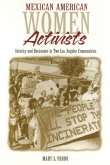Margaret, Charlie, Virginia, Tracy, and Laquita are all drug users involved in regular criminal activity: prostitution, burglary, shoplifting, robbery, drug selling, petty theft, and various kinds of fraud. Four of the women are black; one is white and Puerto Rican. While all five have been involved in same-sex relationships, three are primarily straight and two are primarily lesbian. They come from working-class or welfare families; some women characterize their mothers as strict, abusive, intolerant, and distant while other mothers are characterized as concerned, religious, and loving. The women talk frankly about their drug use, their sexual and criminal activities, their childhoods, their school and work experiences, their neighborhoods, their personal relationships with their families of origin, children, and partners, their fears and future goals, and the ordinary trappings of their lives. While these accounts describe lives at the margins of society, they also reveal women who assert a control over their activities and talk of independent judgment in terms that we imagine are reserved for men. There is a tendency in criminology to treat the data generated by research on men as fundamentally true for women as well. By allowing female law-breakers to describe their lives in their own way, Pettiway underlines not only their differences from men but also their differences from each other.








